How to choose an organic mattress that’s actually eco-friendly, according to a sustainability expert
Environmental expert breaks down what you should look for in an organic mattress
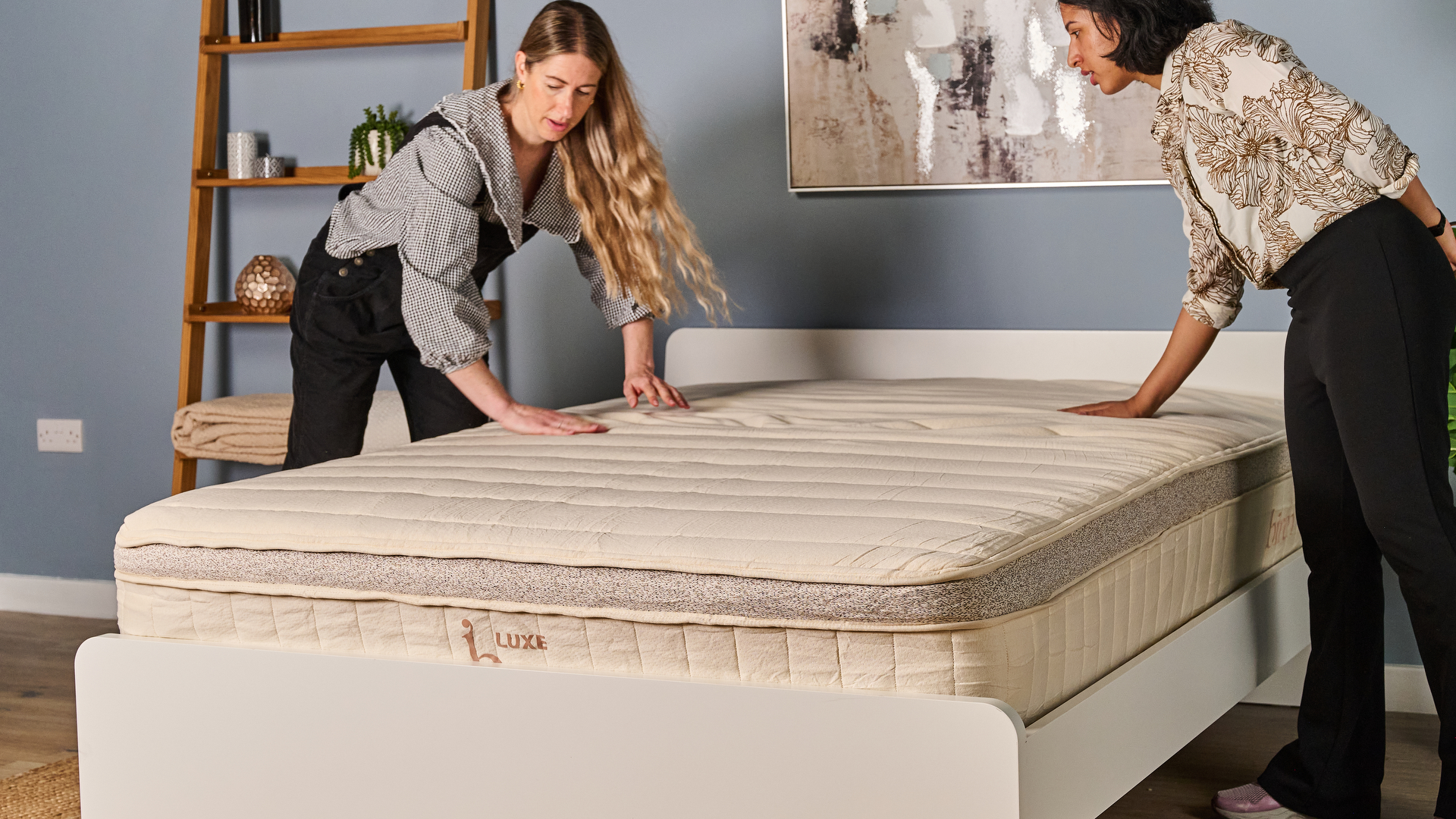
It's estimated that Americans throw away 18.2 million mattresses a year into landfills, where these beds can take hundreds of years to decompose and emit toxic chemicals. With that sobering fact in mind, you may be planning to make your next mattress an organic one.
Thanks to their high-quality materials and support, sustainable mattresses appear in both our best mattress 2025 guide and our best organic mattress guide. However, like a lot of products that claim eco-friendly benefits, some mattresses may just be using eco-friendly buzzwords to jump on the sustainability wagon.
That's why we've asked sustainability guru Kathryn Kellogg, founder of Going Zero Waste and spokesperson for plastic-free living for National Geographic, to tell us how to choose an organic mattress without the greenwashing gimmicks.
How to choose an eco-friendly organic mattress in 4 steps
1. Choose the right materials
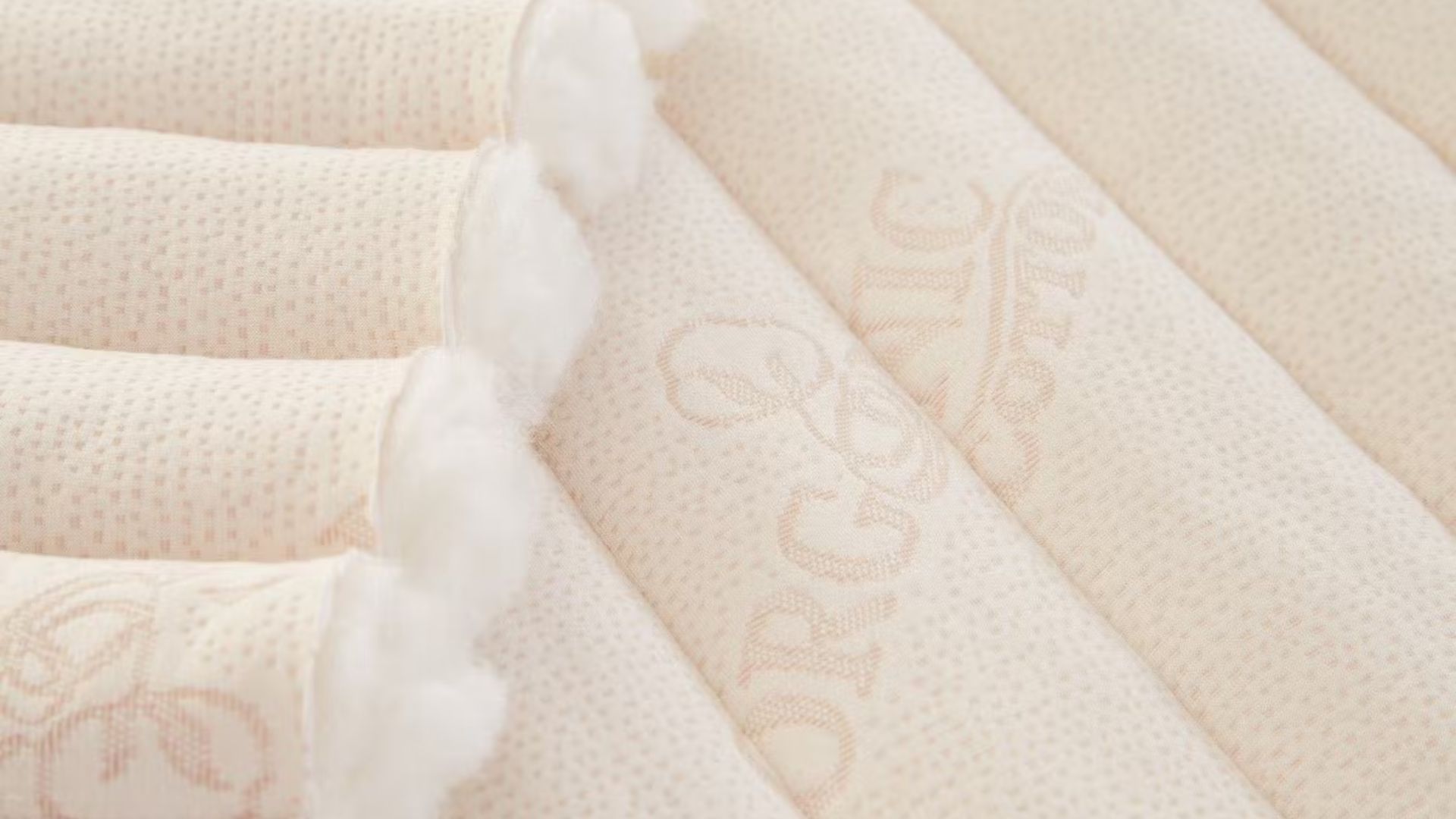
According to Kellogg, the first thing to do when choosing an eco-friendly mattress is to know what type of materials it should be made from.
"The best eco-friendly mattresses use natural latex, organic wool, and organic cotton," says the plastic-free advocate. "Natural latex offers incredible comfort and durability without the synthetic chemicals."
Kellogg also highlights both the practical and comfort benefits of organic wool. "Wool naturally regulates temperature and acts as a fire barrier, and organic cotton keeps things soft and breathable," she tells us.
2. Look out for the wrong materials

Memory foam is found in both the best memory foam mattress and the best hybrid mattresses, but Kellogg says you should avoid this material if you want your bed to be entirely sustainable.
Get instant access to breaking news, the hottest reviews, great deals and helpful tips.
"Avoid synthetic memory foams and polyurethane-based mattresses, especially if they don't disclose what’s inside," she explains.
"Many are treated with flame retardants or adhesives that can off-gas for years and aren't recyclable at end of life."
3. Look for certifications, not buzzwords
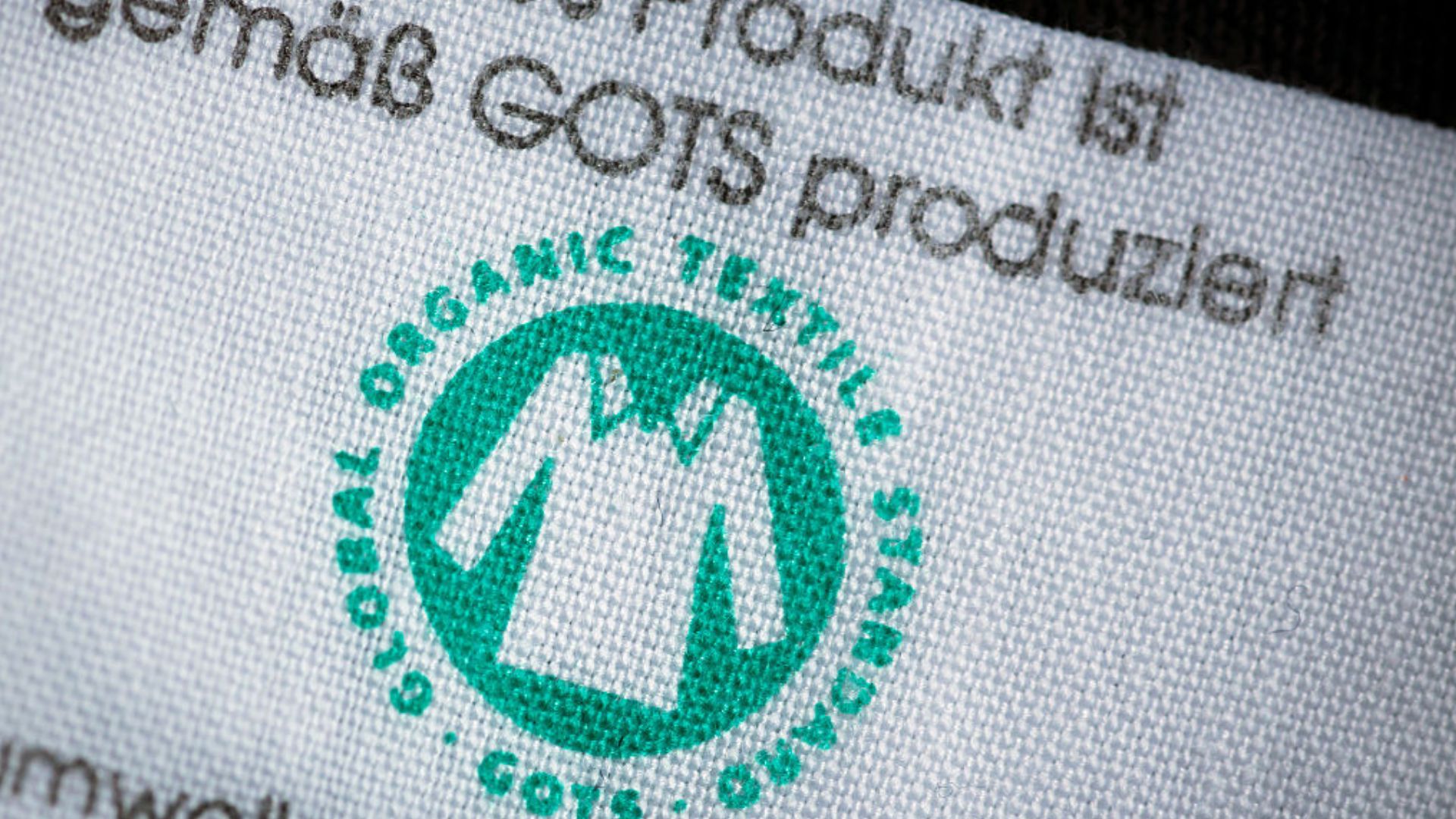
While it can be easy to fall for catchwords such as "green" and "sustainable", Kellogg says it's important to stay focused on concrete credentials that prove the mattress really is better for the planet.
"Look beyond buzzwords like 'natural' or 'eco'," says the sustainability author. "Instead, look for third-party certifications like GOTS for organic textiles, GOLS for organic latex, or MADE SAFE which ensure low toxins and safe indoor air quality."
4. Go for brands you can trust
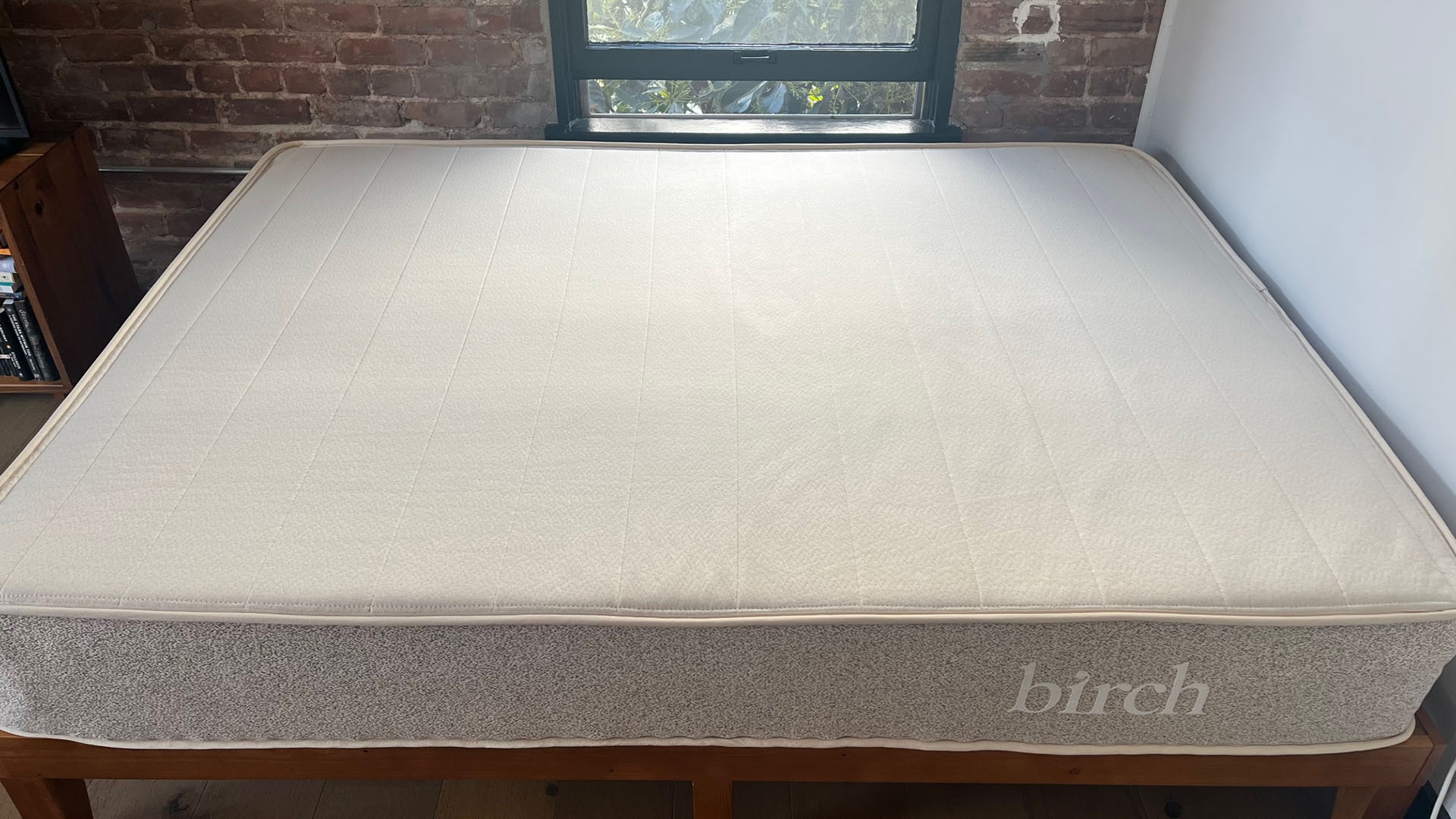
The best mattresses in the box have dominated online bed shopping, and a lot of them are brought to you by eco-luxury brands. However, with more "sustainable" brands appearing out of nowhere, it can be hard to know which ones are making a solid commitment to using eco-friendly materials.
"Brands like Avocado and Naturepedic are generally solid options, backed by certifications and a real commitment to transparency," Kelloggs says. "Birch leans into more natural materials too, though it’s less customizable."
A post shared by The Futon Shop (@the_futon_shop)
A photo posted by on
Kellogg also has a preference for a San Francisco-based family-owned business. "I love my mattress from the Futon Shop," she reveals.
"They handcraft mattresses, futons, and sofas using locally sourced organic materials like GOTS/GOLS-certified latex, wool, cotton, coconut coir, and hemp with zero petrochemicals or polyurethane foam."
How can you choose an organic mattress for your sleep?
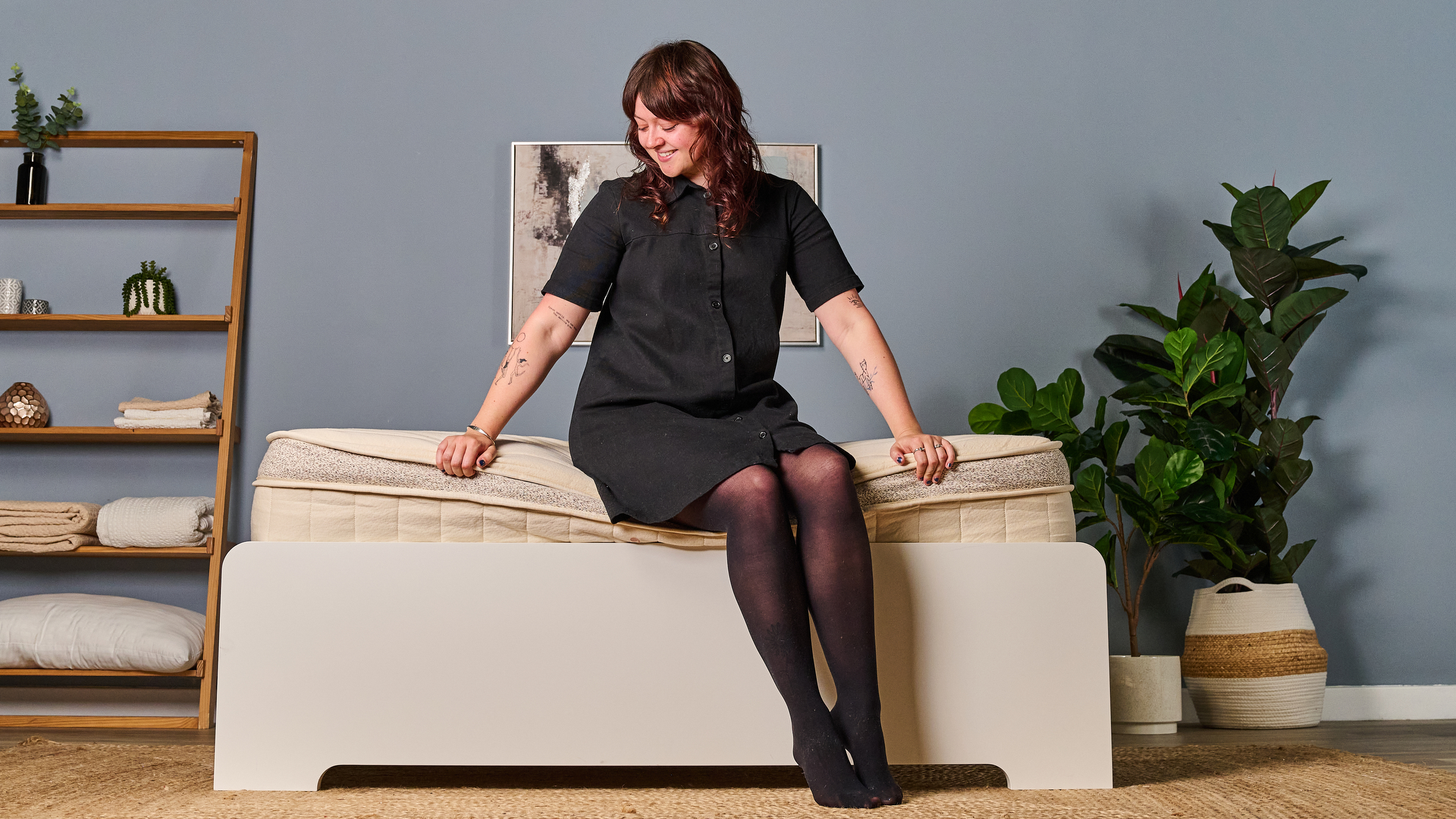
Okay, so you've found an organic mattress that uses materials like organic cotton, wool and natural latex. Now all you need to do is make sure the comfort and support is right for you.
You can find more information for finding the right bed in our guide on how to choose a mattress for your sleep position, but here's a quick breakdown:
- Side sleepers will need something soft or cushioning enough to soothe theire pressure points. To find a mattress that will cradle your joints, look for words like "plush" or "pressure relief" in the mattress's description.
- Back sleepers will need something that supports their lumbar (lower back) region, but also not too firm, so look for mattresses with the key words "medium-firm" or "balanced".
- Stomach sleepers will need their hips to be firmly supported to avoid lower back pain, so look for key words such as "firm" and "supportive".

Frances Daniels is a PPA-accredited journalist and Sleep Staff Writer at Tom's Guide with an MA in Magazine Journalism from Cardiff University. Her role includes covering mattress and sleep news and writing sleep product reviews and buyer's guides, including our Best Hybrid Mattress 2025 guide. She is interested in the relationship between sleep and health, interviewing an array of experts to create in-depth articles about topics such as nutrition, sleep disorders, sleep hygiene, and mattress care. She is also our specialist on mattress toppers — producing bed topper reviews and taking care of our Best Mattress Toppers 2025 guide — and leads content relating to fiberglass-free beds for a non-toxic sleep. Outside of Tom's Guide, she has written for Ideal Home and Marie Claire.
You must confirm your public display name before commenting
Please logout and then login again, you will then be prompted to enter your display name.
